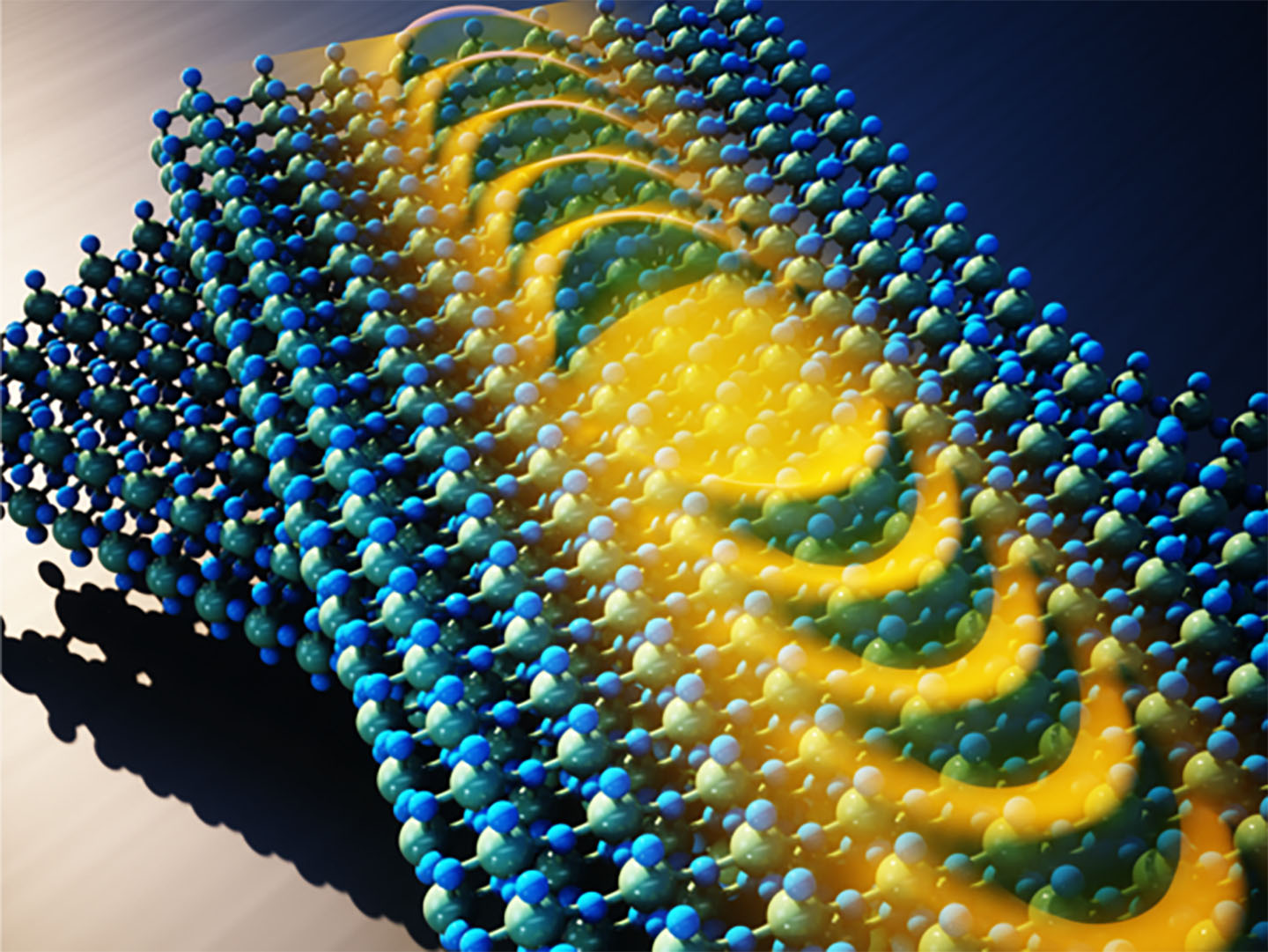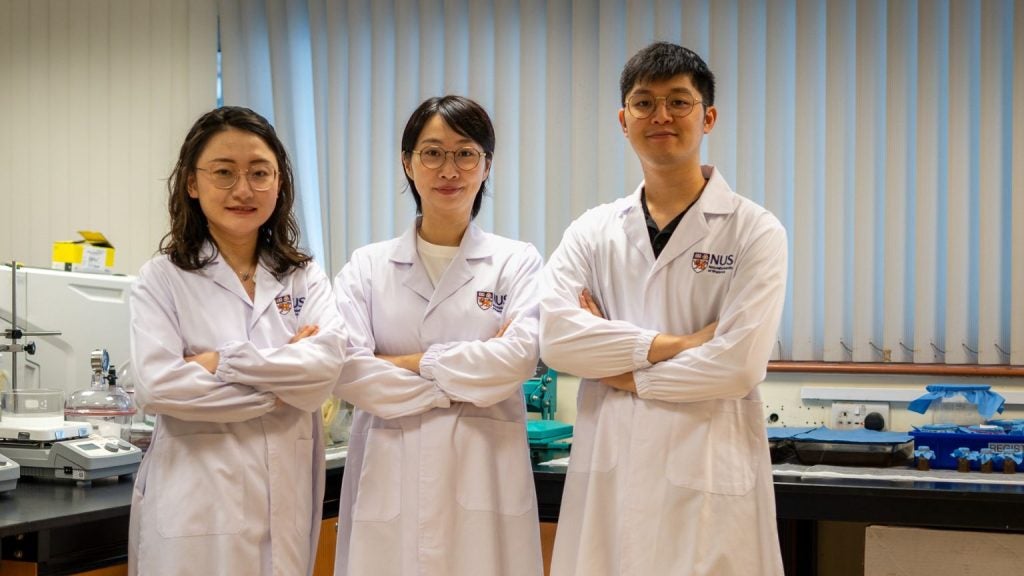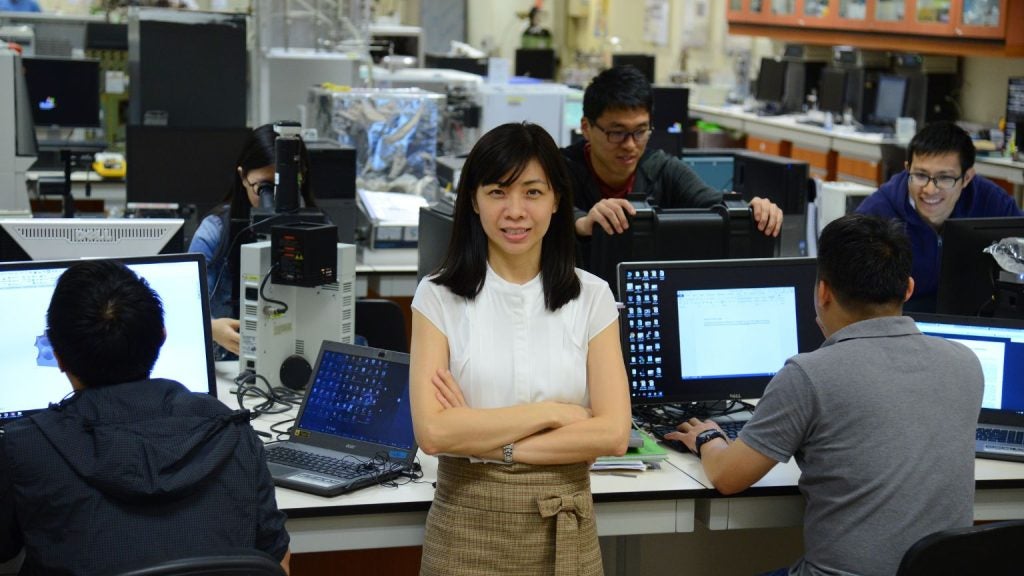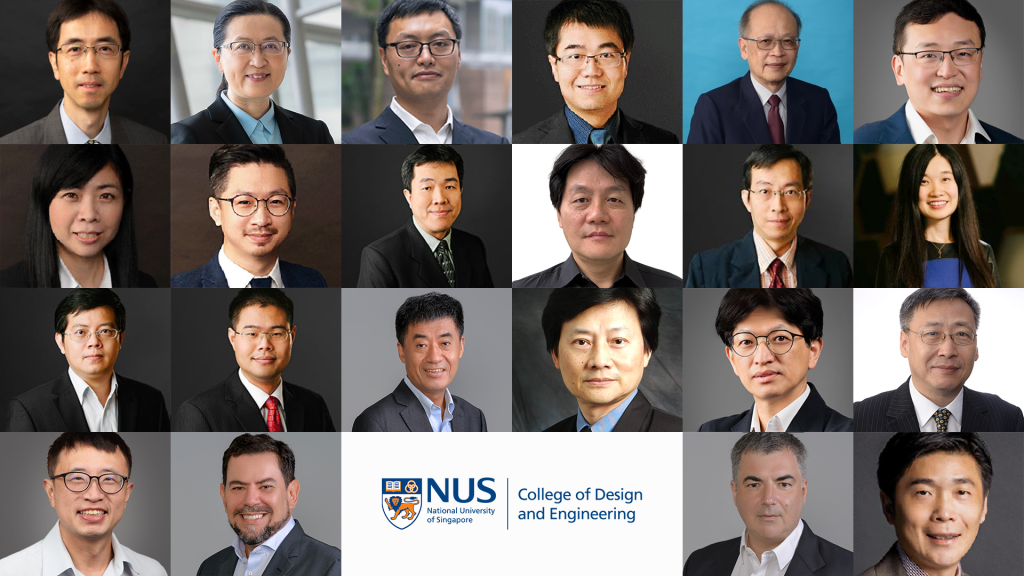
When you switch on a standard light bulb, the light from it radiates outwards in all directions in much the same way as rings form when a stone is dropped into a pond. Similarly, as the ripples on the pond become weaker the further they travel, the light produced by the bulb diminishes - or dissipates - rapidly the further it gets from the source.
But in a breakthrough discovery, scientists have found that paired layers of certain ultra-thin, nanomaterials can - when twisted out of alignment in a particular way - manipulate the flow of light in extreme ways.
The scientists behind the discovery say it is a major step towards developing ultra-fast nanocomputers, using narrow beams of light to compress massive processing power into a far smaller space than today's highest capacity processors.
The precise positioning of the twisted layers needed to achieve the effect varies according to the frequency of the light source used and has been dubbed by researchers the "magic angle". In this position, the material forces the light into tightly focused and highly-controllable beams. Furthermore, because it is confined into a very small channel at which frequency loss through the material is weak, the light retains its strength, experiencing surprisingly low dissipation.
The process occurs at nanoscale - the level at which atoms are measured - and could open the way to major advances in a range of light-based technologies. As well as very high-speed, low-energy nanocomputers, other possible applications include nanoscale biosensors and optical microscopes able to render precise, extremely high-resolution images of the very smallest objects.
The team, including researchers from the Department of Electrical and Computer Engineering at NUS led by Associate Professor Qiu Cheng-Wei, recently published their findings in the journal Nature.
NUS Engineering PhD student Hu Guangwei, one of the lead authors of the article, said the study was inspired by the recently discovered and rapidly growing science of "twistronics", which involves stacking and twisting 2D materials to control the flow of electrons.
"In our study, we wanted to see whether the same physical principle that affects the conductivity of electrons could be used to control the flow of photons, the basic unit of light," Hu said.
"What we have found is that there is indeed a 'magic angle' at which there are some very unusual but also extremely useful light propagation properties."
First revealed in 2018, twistronics uses paired layers of graphene, an atomically thin so-called 2D material, to create superconductivity for electrons when the layers are twisted out of alignment very slightly. At this "magic angle" - around 1.08 degrees - electrons can flow through the stacked layers with zero resistance, even though the graphene monolayers on their own have no special electrical properties.
Applying this idea to the transmission of photons, the team used paired layers of another naturally occurring 2D material, alpha-phase molybdenum-trioxide, to see if they could manipulate and transport light in similar unusual ways. They found that at specific rotation angles the paired layers carried a tightly focused and controllable beam of light with no diffraction at a range of different wavelengths.
"It's a very simple process, involving surprisingly simple engineering," said Hu. "We already knew that molybdenum-trioxide has interesting optical properties. But with just a simple twist, we've discovered an unexpected attribute that has huge implications."
Comparing the effect again to ripples on a pond, the twisting process changes the transport of light from concentric circles into an increasingly tight elliptical form, and eventually - with precisely the right angle applied - forces it into a restricted, narrow beam.
"Using our twisted structure, rather than the light radiating in all directions like from a traditional lightbulb, the photons can only travel along a single line at nanoscale," said Hu. "So the light is confined and can't move freely, it can only go in one specific direction. And because it is so tightly confined, the dissipation or decay of the strength of the light is also very, very low."
Associate Professor Qiu Cheng-Wei, Hu's supervisor at NUS, said the finding is generating considerable excitement because it demonstrates for the first time how some of the latest discoveries in electron transport can also be applied to the flow of photons - even though the two particles have very different physical properties.
"This opens the eyes of the whole science community, raising the possibility of many more exciting opportunities waiting to be discovered."
The team behind this project included researchers at NUS, Monash University in Australia and City University of New York (CUNY) in the USA. The team was co-led by Professor Andrea Alù of the Advanced Science Research Center at CUNY.





